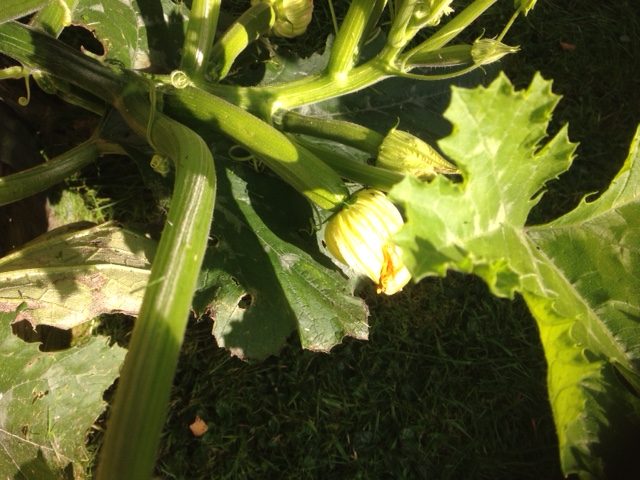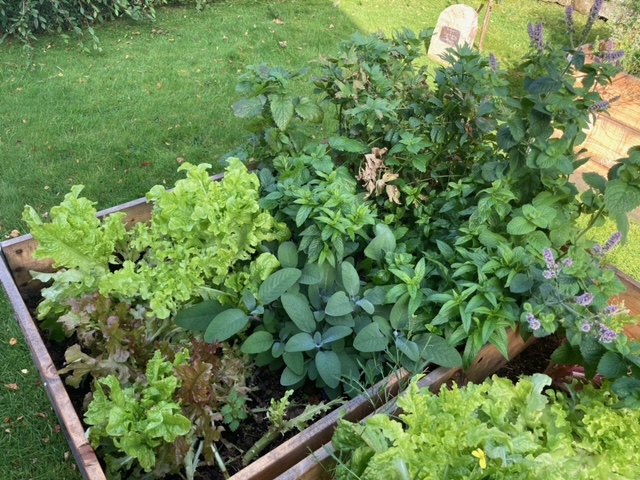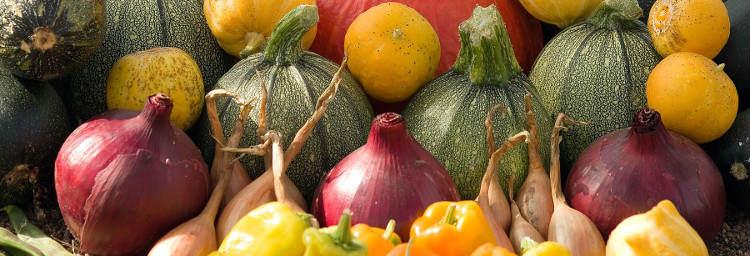
With autumn now fully upon us, we continue our series of monthly blog posts covering what seasonal produce to plant, and how to maintain your vegetable garden through the year.
October
October is a glorious month of autumnal colours, dewy mornings and of course the first frosts.
A lot of our summer crops are now coming to an end but many vegetables will store well through the winter.
Root vegetables such as carrots, parsnips, turnips, swedes and beetroot are best left in the ground if the soil is well drained and covered with a layer of straw to be harvested when needed. However when winters are cold, vegetables are better lifted and stored. There are two simple ways to do this.

Firstly remove any leafy tops from the vegetables and excess soil and make sure all vegetables to be stored are undamaged.
The easiest way is to layer the vegetables in boxes, in sand, to prevent them drying out and then find a cool, dark but frost-free place to over-winter them.
The second way, if you have a sheltered, well-drained spot outside in the garden, is to make a traditional ‘earth clamp’. Simply dig a hole about 6 inches deep and cover with an inch of horticultural sand. Place a single layer of your root vegetables on top of the sand and then cover with a second layer of sand. Finally cover the sand with a layer of straw and then top with a layer of soil. The vegetables should store well until spring, but do keep an eye on rodents finding them first.
Potatoes, once their skins have been left to dry, can be stored in hessian or paper sacks. Remove any mud from the potatoes to prevent mould developing and store them in a dark place to avoid the skins turning green as this is poisonous.
Onions, garlic and shallots are best dried outside on a sunny day with their green tops left on as once dry the tops are easily plaited together and can then be hung in a cool dry place.

Pumpkins and squash need to ‘cure’ in the sun for about ten days before storing to make sure they will store as long as possible but cover them with cardboard or straw if frosty nights are forecast. Then store in a cool, well-ventilated place but watch out for any rot patches developing.
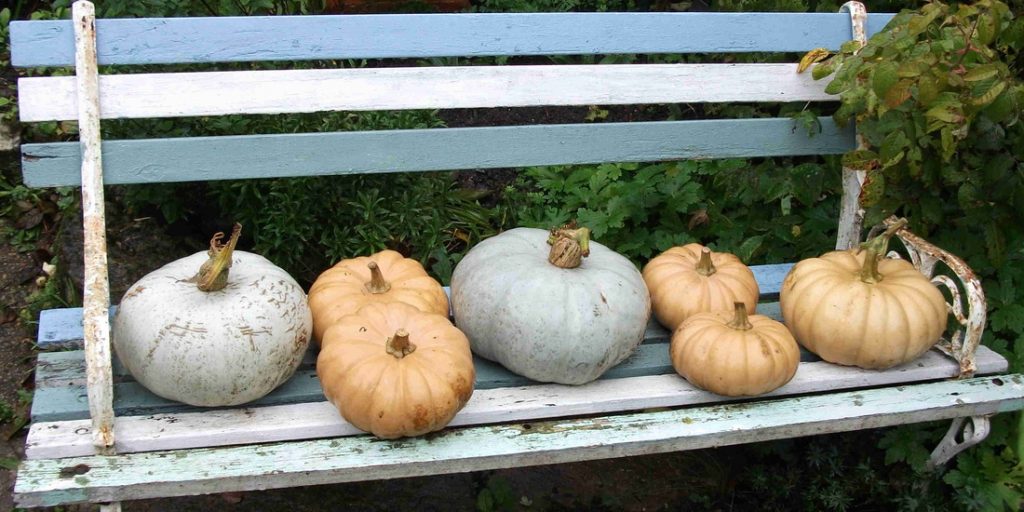
What to sow
If you did not get your onion and shallot sets and garlic bulbs planted last month there is still time. You can also still make sowings of salad mixes and hardy lettuces.
Early varieties of peas can still be sown outdoors but protect from mice either with netting or better still a layer of dried holly leaves or start your seedlings off in modules before planting out. It is important to then continue to protect young seedlings from pigeons and pheasants with netting or better still enviromesh. This has two benefits, it will protect your young plants from birds but also will give some protection against the worst of the weather.
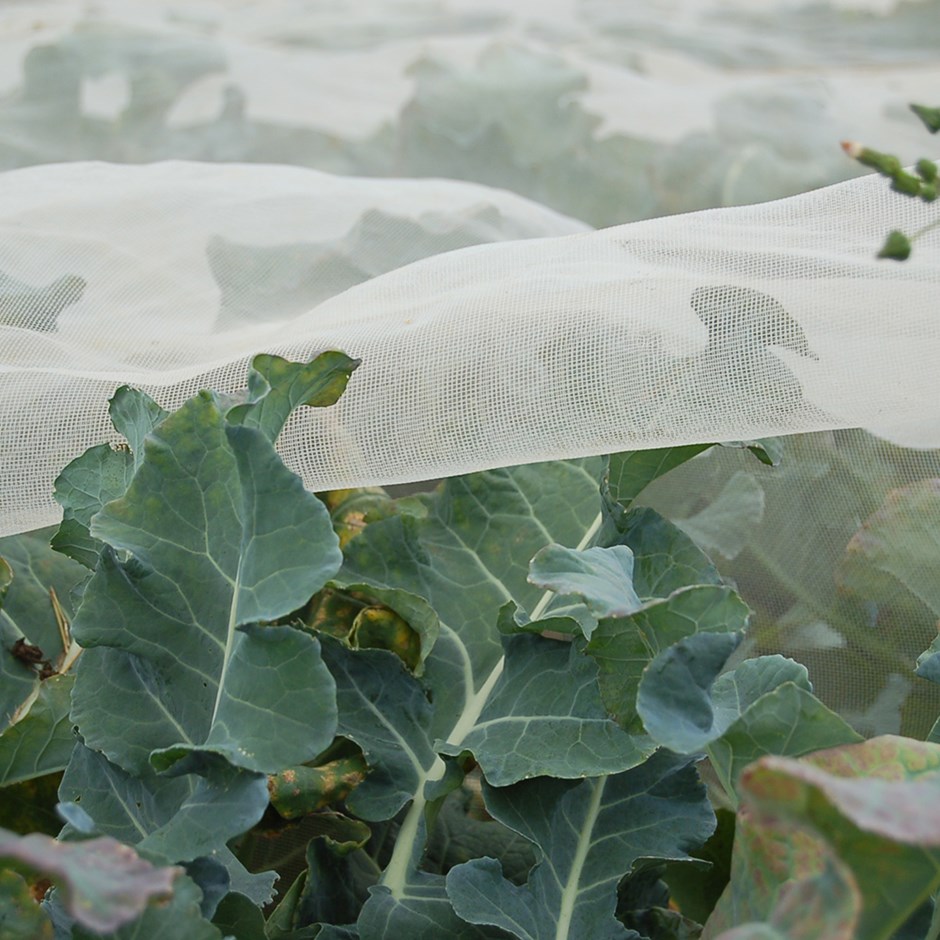
Overwintering, self-supporting dwarf varieties include the very sweet and succulent ‘Douce Provence and the old and very hardy variety ‘Feltham First’ which gives an abundance of long pods. ‘Avola’ and ‘Meteor’ are also compact varieties suitable for small gardens or containers. Both are prolific. ‘Meteor is very dwarf with small, well-filled, pods with good flavour and ‘Avola’ has very sweet succulent peas.
Broad beans. As the seeds are large sow 20 cm apart in 5cm deep drills or preferably sow in modules to aid germination which will take about 3 weeks. After about 6 weeks the plants will be big enough with a good root system to then plant out but treat the seedlings as for peas, protecting them against birds, mice and the worst of the weather.
Early-summer cropping cauliflower cultivars like ‘Snowball’ can be sown now in cold frames to overwinter. It is an heirloom variety, compact in growth and produces snowy-white mild-flavoured curds.
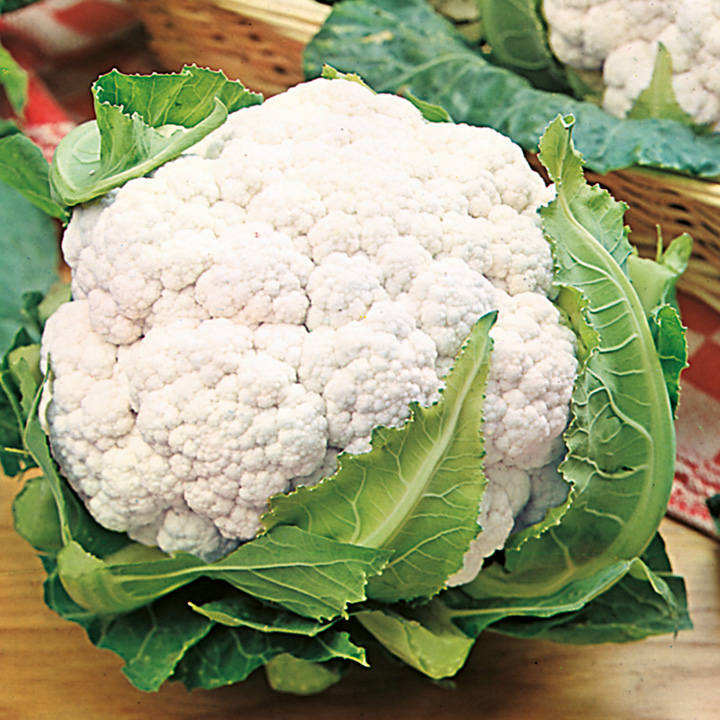
Jobs for the vegetable garden
Cut back the dying tops of Jerusalem artichokes to ground level.
Keep an eye on Brussels sprouts, removing yellowing leaves to prevent grey mould from developing.
It is time to remove this year’s pea and bean plants. Cut off the tops but leave the roots in the soil. Dig the roots into the soil as they provide valuable nitrogen for next year’s vegetable crops.
If your soil is heavy clay dig over empty areas of the vegetable plot, as the cold weather to come may help to improve the soil structure by breaking down large clumps into crumbly particles.
The Reeth community garden
The raised beds in the community garden in Reeth will have more courgettes ready in about a week. There are lettuces and plenty of herbs ready now.
